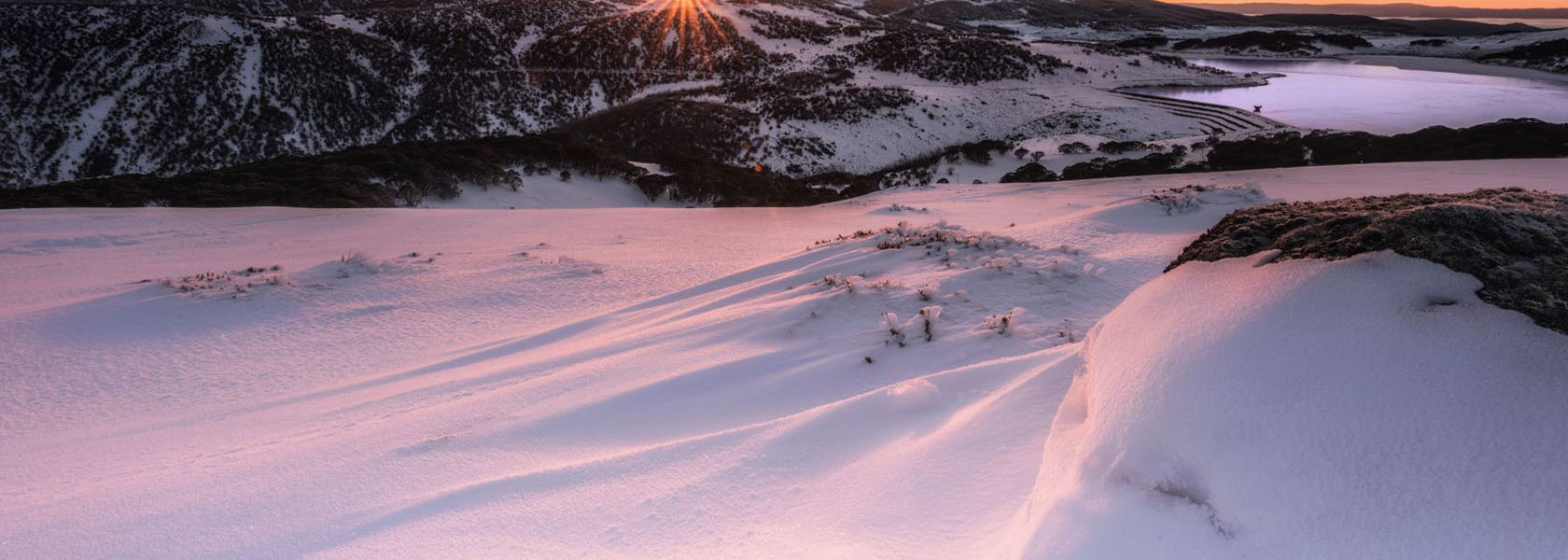Find Out What Winter Sports You Can Try When Visiting Snow In Australia
Find Out What Winter Sports You Can Try When Visiting Snow In Australia
Blog Article
Discover the Fascinating Results of Snow in Australia on Regional Environments
Regardless of its credibility for sun-soaked landscapes, Australia additionally flaunts areas blanketed by snow-- a phenomenon that greatly affects the country's one-of-a-kind ecological communities. The protecting buildings of snows shield plants and fauna amidst the chilliest wintertimes, while the melting snow nurtures rivers and water life. Nonetheless, the actual wonder depend on just how these chilly conditions shape the country's biodiversity and nutrient cycles. As we untangle this elaborate partnership, we locate ourselves walking on uncharted premises in Australia's high nation.
The Unanticipated Areas of Snowfall in Australia
The high nation areas of New South Wales, Victoria, and Tasmania are particularly understood for their winter months snow. The Snowy Hills in NSW, for circumstances, obtain abundant seasonal snow, supplying a raw contrast to the country's normal warm, arid climate. The presence of snow in these areas dramatically influences local communities, subsequently affecting the country's distinct biodiversity.

Exactly How Snow Impacts Australia's One-of-a-kind Plants
While it might seem unusual, snowfall in Australia plays a vital function fit the country's one-of-a-kind vegetation. The snow-filled winters foster strength in Australian plant species. This is specifically noticeable in the alpine and sub-alpine regions, where snow gums and mountain plum-pines thrive. These plants have actually developed to endure in severe problems, with snow working as a safety blanket from harsh winds and freezing temperatures. The snow additionally adds to the wetness content of the dirt, supplying needed hydration for plant life during the dry summertime months. Essentially, the snow influences the timing of flowering and seed dispersal, the growth rates, and the survival of several plant varieties, showcasing the elaborate interplay in between environment and flora in Australia.

The Adaptations of Australian Animal to Snowfall
Equally as Australia's plants has actually adapted to the wintery problems, the neighborhood animals also, show impressive adjustments to the snowfall. Species like the Hill Pygmy-possum, the only Australian marsupial recognized to hibernate, have developed techniques to endure in snowy atmospheres. It uses the snow as insulation, hibernating in rock gaps beneath the snow to remain warm. The Snow Skink, a types of reptile, alters its colour to white throughout winter season, supplying camouflage against predators. Birds such as the Snowy Mountains' Crimson Rosella additionally change their diets to eat readily available food sources during colder periods. Hence, despite the rough conditions, Australian animals shows a durable and flexible nature, guaranteeing their survival in regions experiencing snowfall.
The Duty of Snow fit Regional Ecosystems
In shaping the neighborhood communities, websites the role of snow in Australia is both multilayered and extensive. Snow offers a crucial water source, feeding rivers and tanks as it melts, thus supporting a variety of aquatic life types. The visibility of snow shapes the greenery patterns, animal behavior, and total sustainability of Australia's distinct communities.

The Future of Snowfall in Australia: Implications and forecasts

Provided the important function snow plays fit neighborhood communities, the future of snowfall in Australia is drawing increasing interest from scientists and environmentalists. Existing climate designs anticipate a significant decrease in snowfall because of international warming, with possibly profound effect on regional ecosystems. Much less snow can lead to decreased water accessibility in towering content areas, detrimentally impacting wild animals habitats and plant. Furthermore, it can change the timing of seasonal changes, interrupting the life process of numerous indigenous varieties. The tourism sector, heavily reliant on the winter snow season, might additionally encounter significant challenges. Recognizing these forecasts and their effects is important to establish effective conservation approaches, guaranteeing the conservation of Australia's one-of-a-kind biodiversity and the sustainability of its economic climate.
Verdict
The function of snow in Australia's ecosystems is critical check here yet commonly forgotten. Thus, the snow in Australia is a lot more than a natural spectacle; it's an essential gamer in the nation's ecological story.
In spite of its online reputation for sun-soaked landscapes, Australia additionally boasts areas buried by snow-- a phenomenon that greatly affects the nation's unique ecosystems. It uses the snow as insulation, hibernating in rock holes beneath the snow to remain cozy - Does Australia Get Snow.In shaping the regional ecosystems, the role of snow in Australia is both extensive and multilayered. The existence of snow shapes the plants patterns, animal habits, and general sustainability of Australia's distinct ecosystems
Given the important role snow plays in forming neighborhood ecosystems, the future of snowfall in Australia is attracting boosting interest from conservationists and scientists.
Report this page